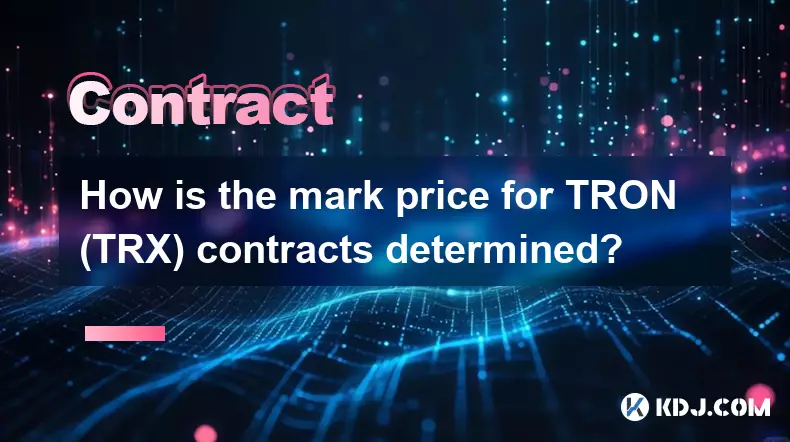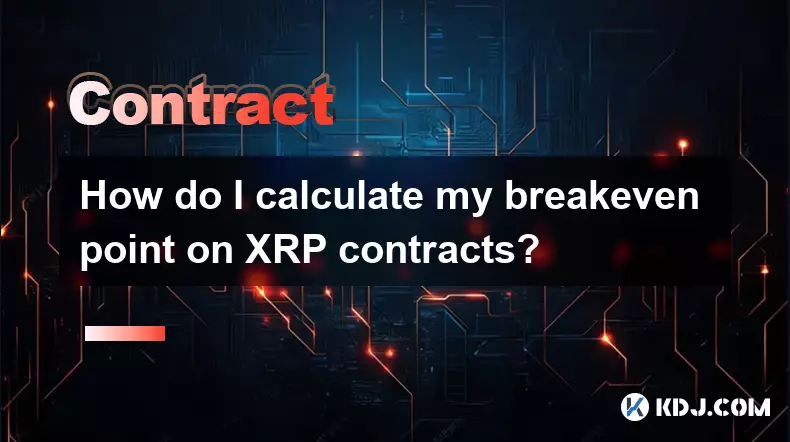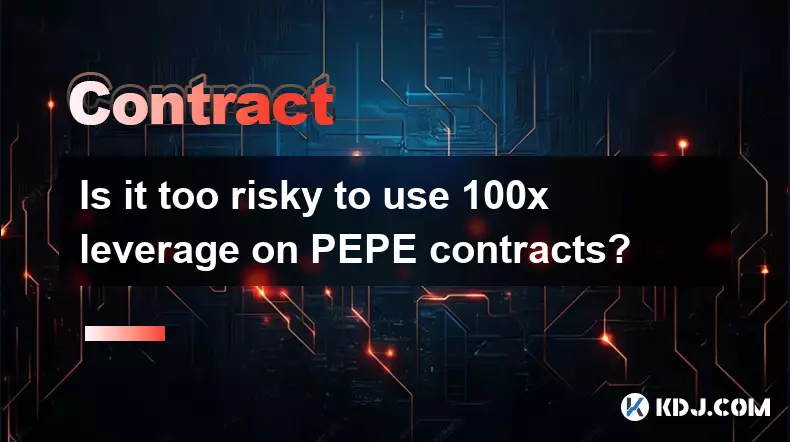-
 bitcoin
bitcoin $122659.385674 USD
0.52% -
 ethereum
ethereum $4484.113342 USD
-0.09% -
 bnb
bnb $1304.229256 USD
-0.85% -
 tether
tether $1.000204 USD
-0.03% -
 xrp
xrp $2.860636 USD
-0.51% -
 solana
solana $227.288799 USD
2.36% -
 usd-coin
usd-coin $0.999805 USD
0.01% -
 dogecoin
dogecoin $0.252837 USD
1.18% -
 tron
tron $0.341149 USD
1.12% -
 cardano
cardano $0.830507 USD
0.33% -
 hyperliquid
hyperliquid $45.792319 USD
0.04% -
 chainlink
chainlink $22.422164 USD
1.55% -
 ethena-usde
ethena-usde $1.000283 USD
0.01% -
 sui
sui $3.511389 USD
0.83% -
 stellar
stellar $0.385276 USD
-0.44%
How is the mark price for TRON (TRX) contracts determined?
The TRX mark price uses multi-exchange spot data, TWAP smoothing, and funding rates to ensure fair valuation and prevent manipulation in futures trading.
Sep 24, 2025 at 08:01 pm

Understanding the Mark Price Mechanism for TRON (TRX) Futures Contracts
1. The mark price for TRON (TRX) futures contracts is primarily derived from the spot price of TRX across major cryptocurrency exchanges. This ensures that the valuation remains close to real market conditions and prevents manipulation through isolated or illiquid markets. Exchanges such as Binance, OKX, and Kraken contribute data to form a weighted average of the current spot price.
2. To enhance reliability, the mark price incorporates time-weighted average prices (TWAP) over specific intervals, typically ranging from 5 to 30 minutes. This smoothing technique reduces volatility spikes caused by sudden large trades or flash crashes, providing a more stable reference point for contract valuation.
3. Funding rate mechanisms also influence the mark price indirectly. In perpetual contracts, periodic payments between long and short positions help align the contract's trading price with the underlying asset’s spot value. When the trading price deviates significantly from the spot-based mark price, funding rates adjust to incentivize convergence.
4. Decentralized oracles may be used on certain platforms to pull off-exchange pricing data, especially in decentralized finance (DeFi) derivatives protocols. These oracles aggregate TRX prices from multiple liquidity sources, including automated market makers (AMMs) like JustSwap and SunSwap on the TRON network.
5. Exchanges often apply proprietary adjustments to prevent oracle manipulation during extreme market movements. For instance, circuit breakers or price capping mechanisms might be activated if discrepancies exceed predefined thresholds, ensuring the mark price remains within a reasonable range relative to global averages.
Role of Index Pricing in TRX Derivatives
1. The index price for TRX is calculated as a composite average from several trusted spot exchanges. Each exchange’s contribution is usually weighted based on its trading volume and credibility, minimizing the impact of outliers or low-liquidity venues.
2. This index serves as the foundation for the mark price, particularly when calculating unrealized profit and loss (PnL) and determining liquidation levels. It acts as a benchmark independent of the order book of any single derivative exchange.
3. During periods of high volatility, such as news-driven rallies or macroeconomic shocks, the index price helps maintain fairness by reducing reliance on momentarily skewed order books. This protects traders from premature liquidations due to temporary imbalances.
4. Some platforms update the index every few seconds using real-time feeds, ensuring minimal lag between actual market movements and contract valuations. These updates are critical during fast-moving events like exchange hacks or regulatory announcements affecting TRX.
5. Transparency in index composition is essential. Leading derivatives platforms publish their methodology, including which exchanges are included, how weights are assigned, and how often rebalancing occurs, allowing users to verify accuracy independently.
Impact of Funding Rates on TRX Contract Valuation
1. Funding rates are exchanged between long and short positions at regular intervals, commonly every 8 hours, to tether the perpetual contract price to the TRX spot market. If contracts trade above the mark price, longs pay shorts; if below, shorts pay longs.
2. This mechanism discourages prolonged divergence between the market price and the underlying asset value. For TRX, which can experience sharp speculative moves, consistent funding adjustments help stabilize expectations and reduce systemic risk.
3. High positive funding rates may signal excessive bullish sentiment, potentially prompting arbitrageurs to open short positions and collect premiums, thereby exerting downward pressure on the contract price.
4. Conversely, negative funding indicates bearish dominance, encouraging long-side buying to capture payments. This dynamic feedback loop supports equilibrium between supply, demand, and perceived fair value.
5. Funding rate data is publicly available and updated in real time, enabling traders to anticipate shifts in positioning and assess market sentiment without relying solely on price charts.
Preventing Manipulation in TRX Price Feeds
1. To safeguard against price manipulation, exchanges implement multi-source validation where no single feed dominates the index calculation. Suspicious deviations trigger alerts or fallback mechanisms.
2. Delayed settlement windows are sometimes applied during abrupt price swings, giving systems time to validate data integrity before executing margin calls or liquidations.
3. Circuit breakers automatically pause trading if the TRX spot price moves beyond a set percentage threshold within a short duration, allowing recalibration of the mark price and preventing cascading liquidations.
4. Regular audits of oracle networks and third-party data providers ensure compliance with security standards. Platforms utilizing Chainlink or similar decentralized oracle services benefit from cryptographic proof and node redundancy.
5. User transparency tools, such as live index dashboards and historical discrepancy logs, empower traders to monitor potential anomalies and make informed decisions about their open positions.
Frequently Asked Questions
What happens to the mark price during a TRX flash crash?During a flash crash, the mark price relies on time-weighted averages and multi-exchange data to avoid locking onto distorted values. Most platforms will smooth the input or temporarily freeze updates until stability returns, preventing unjust liquidations.
Can traders exploit differences between the mark price and last traded price?While minor discrepancies exist, arbitrage bots typically correct them quickly. Intentional exploitation is limited by transaction costs, latency, and the rapid adjustment of funding rates that bring the two prices back into alignment.
How often is the TRX mark price updated?Updates occur continuously, usually every second or less, depending on the exchange. Data pipelines ingest fresh spot prices and recalculate the index in near real-time to reflect evolving market conditions accurately.
Do all exchanges use the same method to calculate TRX mark price?No. While most follow similar principles—multi-source indexing, TWAP smoothing, and funding alignment—each platform has unique weighting models, data sources, and anti-manipulation rules. Traders should review individual exchange documentation for precise details.
Disclaimer:info@kdj.com
The information provided is not trading advice. kdj.com does not assume any responsibility for any investments made based on the information provided in this article. Cryptocurrencies are highly volatile and it is highly recommended that you invest with caution after thorough research!
If you believe that the content used on this website infringes your copyright, please contact us immediately (info@kdj.com) and we will delete it promptly.
- Binance Alpha's AB Token Crash: A Cautionary Tale in Cryptocurrency
- 2025-10-09 20:45:17
- Crypto ETFs, Altcoins, and Wall Street: Navigating the New Frontier
- 2025-10-09 20:45:17
- Bitcoin's Decade of Dominance: A Super Reason to Hold for the Next 10 Years?
- 2025-10-09 20:25:15
- FUN Token, SportFun Network, and Football Fun: A Winning Play in the Crypto Game?
- 2025-10-09 20:50:11
- Joke's On You, Copyright Thieves: Datavault AI's Joke Token Revolutionizes Comedy
- 2025-10-09 20:50:11
- Joke Token, Copyright Protection, and Datavault AI: A New Era for Comedy?
- 2025-10-09 20:55:11
Related knowledge

How to calculate the ROI for Ethereum contracts?
Oct 09,2025 at 04:36pm
Understanding Ethereum Contract ROI Basics1. Return on Investment (ROI) for Ethereum contracts begins with tracking the initial capital deployed into ...

How do I calculate my breakeven point on XRP contracts?
Oct 09,2025 at 08:36pm
Understanding the Breakeven Point in XRP Futures TradingCalculating the breakeven point for XRP contracts is essential for traders who engage in futur...

What are the settlement procedures for XRP contracts?
Oct 09,2025 at 04:01pm
Understanding XRP Futures and Derivative Contracts1. XRP derivative contracts are typically offered by cryptocurrency exchanges that support margin tr...

How to reduce trading fees for Bitcoin contracts?
Oct 09,2025 at 02:37pm
Understanding Bitcoin Contract Trading Fees1. Trading fees on Bitcoin contracts are typically charged by exchanges for executing buy and sell orders. ...

Is it too risky to use 100x leverage on PEPE contracts?
Oct 09,2025 at 04:18pm
Understanding 100x Leverage in PEPE Contracts1. Trading PEPE contracts with 100x leverage allows traders to control a much larger position using a sma...

Is it possible to lose more than my initial investment with Dogecoin contracts?
Oct 09,2025 at 02:00pm
Understanding the Risks of Dogecoin Futures Trading1. Trading Dogecoin futures contracts introduces financial exposure that extends beyond the origina...

How to calculate the ROI for Ethereum contracts?
Oct 09,2025 at 04:36pm
Understanding Ethereum Contract ROI Basics1. Return on Investment (ROI) for Ethereum contracts begins with tracking the initial capital deployed into ...

How do I calculate my breakeven point on XRP contracts?
Oct 09,2025 at 08:36pm
Understanding the Breakeven Point in XRP Futures TradingCalculating the breakeven point for XRP contracts is essential for traders who engage in futur...

What are the settlement procedures for XRP contracts?
Oct 09,2025 at 04:01pm
Understanding XRP Futures and Derivative Contracts1. XRP derivative contracts are typically offered by cryptocurrency exchanges that support margin tr...

How to reduce trading fees for Bitcoin contracts?
Oct 09,2025 at 02:37pm
Understanding Bitcoin Contract Trading Fees1. Trading fees on Bitcoin contracts are typically charged by exchanges for executing buy and sell orders. ...

Is it too risky to use 100x leverage on PEPE contracts?
Oct 09,2025 at 04:18pm
Understanding 100x Leverage in PEPE Contracts1. Trading PEPE contracts with 100x leverage allows traders to control a much larger position using a sma...

Is it possible to lose more than my initial investment with Dogecoin contracts?
Oct 09,2025 at 02:00pm
Understanding the Risks of Dogecoin Futures Trading1. Trading Dogecoin futures contracts introduces financial exposure that extends beyond the origina...
See all articles










































































